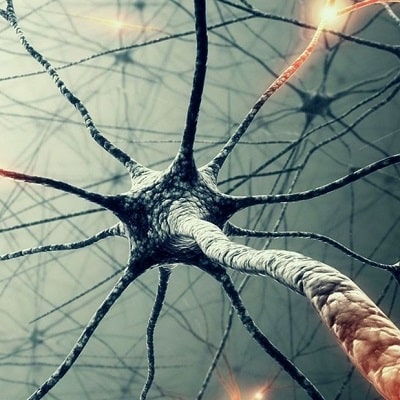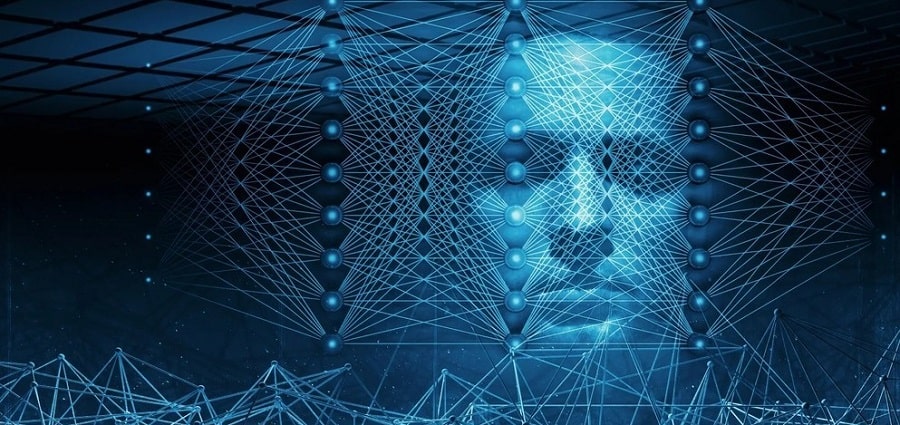Neural networks, what are they?

Neural networks are mathematical models that repeat the principle of work of the human brain. They are used to search for an optimal solution and also to fulfil time-consuming tasks as quickly as possible. Neural networks are currently being used in a number of different areas:
- Decision making.
- Forecasting.
- Information analysis.
- Pattern recognition.
Compared to classical machine learning algorithms, neural networks can self-learn and account for their own mistakes that have been made before.
Where are neural networks used today?
In general, neural networks are one of the fields of artificial intelligence, so the algorithms used can solve a variety of problems that require in-depth analysis from humans, as well as a creative approach to solving the problem. Nowadays this kind of algorithms is used in many niches of human work, where a huge amount of knowledge is required for learning or finding the best solution to a problem.
Medicine
Programs are processing a lot of information, which can be carried out tests, photos with symptoms and other data. The neural network can diagnose a disease and relay the information to the doctor treating it as quickly as possible. The end result is the ability to quickly make or confirm a diagnosis. Today, a neural network is often used to detect melanoma, and the data archives allow for the possibility of working with a large number of images of the disease.

The art of
Neural networks are now able to write books or music or paintings that replicate the styles of famous authors and musicians. There are special algorithms to work with, which are created in a certain direction. And neural networks use similar images or features, shapes and so on. But you need enough input to achieve the goal.
Search engines
Search engines are shaped by the use of special algorithms which analyse information from websites, identify the type of content and generally recognise content. Both test and graphical queries are used for data retrieval.
Navigation
Neural networks connected to the World Wide Web can collect data about almost anything. It can be traffic jams and then work out the best route for your journey.
Weather forecast
Weather radars transmit relevant information, and neural networks analyse and distribute precipitation. This makes it possible to predict the weather in the near future.
Key features of neural networks
The main advantage is that they can learn autonomously. But it is worth highlighting some other special qualities:
- Standard system needs a human factor, i.e. it needs to search for data and analyze it. In the case of neural networks, the importance is determined automatically.
- The external environment may change over time due to a variety of factors. Neural networks can adapt to the new environment, and no external control is required.
- Simple computational systems work sequentially, but in the case of neural networks, the work is done in parallel, and this greatly reduces time.
